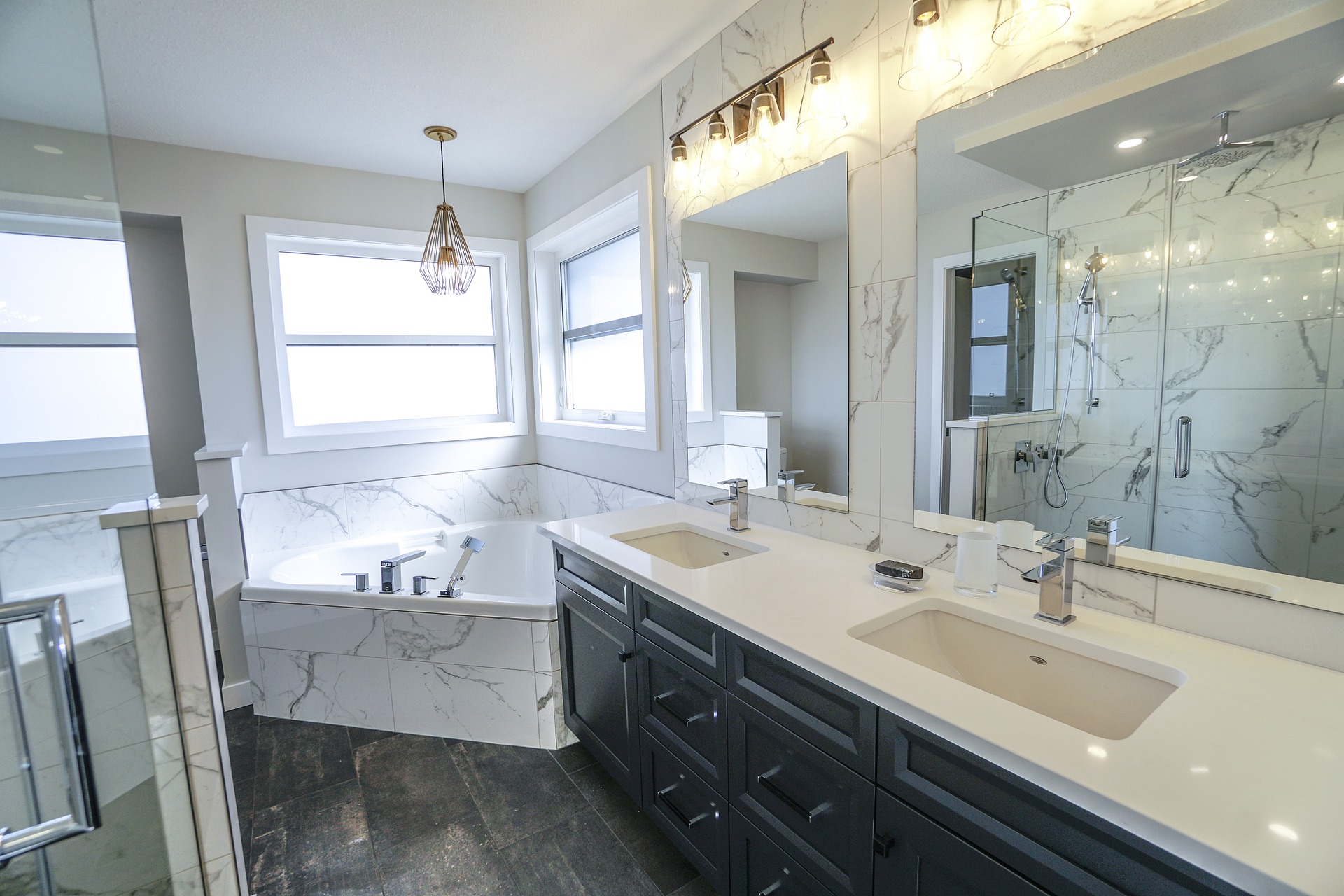Finding the Right Senior Living Community: A Comprehensive Guide
Transitioning to senior living represents a significant life decision that impacts comfort, social connections, healthcare access, and overall quality of life. Whether considering this move for yourself or a loved one, understanding the key elements of quality senior living is essential. The right community offers more than just a place to stay—it provides the perfect balance of independence, support, personalized care, and enriching experiences tailored to each resident's needs and preferences.

Benefits of 2-Bedroom Senior Living: Extra Space & Flexibility
Two-bedroom senior living apartments offer distinct advantages that make them increasingly popular among older adults. The additional space provides room for visiting family members, allowing grandchildren to stay overnight comfortably without requiring hotel accommodations. Many residents use the second bedroom as a dedicated hobby room, home office, or crafting space, supporting continued engagement with lifelong passions or new interests.
The extra room also enables couples to maintain personal space while living together, accommodating different sleep schedules or needs for privacy. For those who value companionship without sacrificing affordability, sharing a two-bedroom unit with a friend or roommate offers financial benefits while maintaining privacy. Additionally, the second bedroom provides valuable storage space for cherished belongings that might otherwise not fit in a smaller unit.
What Amenities Do Quality Senior Living Communities Offer?
Premium senior living communities distinguish themselves through comprehensive amenity packages designed to enhance residents’ quality of life. Wellness-focused amenities typically include fitness centers with senior-specific equipment, swimming pools for low-impact exercise, and dedicated spaces for yoga, tai chi, and other gentle movement classes. Many communities feature restaurant-style dining with chef-prepared meals, private dining rooms for family gatherings, and café areas for casual socializing.
Social engagement remains central to quality communities, with multipurpose rooms for events, theaters for movies and performances, and dedicated spaces for arts, crafts, and educational programming. Outdoor amenities often include walking paths, gardening areas, patios, and courtyards designed for relaxation and connection with nature. Convenience services like transportation, housekeeping, laundry, concierge assistance, and beauty/barber shops make daily living easier while promoting independence.
Expert Tips for Choosing the Ideal Senior Living Community
When evaluating senior living options, experts recommend prioritizing communities that align with individual needs, preferences, and lifestyle. Begin by clearly defining care requirements, considering both current and potential future needs to ensure the community can provide appropriate support as circumstances change. Location deserves careful consideration—proximity to family, medical providers, and familiar neighborhoods often contributes significantly to satisfaction and quality of life.
Financial transparency is crucial during the selection process. Request detailed breakdowns of all costs, including base rates, care packages, entrance fees, and potential future increases. Schedule multiple visits at different times of day to observe daily operations, staff interactions, resident engagement, and meal quality. Speaking directly with current residents and their family members provides valuable insights beyond marketing materials.
Carefully review the community’s policies regarding aging in place, transitions between care levels, and circumstances that might necessitate a move. The community’s culture and social environment significantly impact resident satisfaction, so evaluate whether the activity calendar, social opportunities, and overall atmosphere align with personal interests and preferences.
Key Considerations for Two-Bedroom Senior Living Floor Plans
When evaluating two-bedroom senior living floor plans, careful attention to design details can significantly impact daily comfort and accessibility. Optimal layouts feature open designs with minimal hallways and thresholds, allowing comfortable navigation with mobility aids like walkers or wheelchairs. Strategic bathroom placement—ideally accessible from both bedrooms—offers convenience and privacy for residents and guests alike.
Natural light promotes well-being, so consider units with ample windows, particularly in living areas and bedrooms. Storage solutions deserve special attention, including walk-in closets, kitchen cabinet accessibility, and pantry space. For those with mobility concerns, universal design features such as step-free showers, grab bars, and lower countertop heights may prove essential.
Practical considerations include laundry access (in-unit versus communal), kitchen functionality (full versus kitchenette), and outdoor space like patios or balconies. Floor plans that accommodate personal furniture pieces often help residents maintain important connections to their previous homes while adapting to their new living environment.
What Makes a Senior Living Community Truly High-Quality?
Truly exceptional senior living communities demonstrate excellence across multiple dimensions, beginning with a person-centered approach that recognizes each resident’s unique needs, preferences, and life experiences. These communities maintain appropriate staffing levels with low turnover rates, comprehensive training programs, and leadership that fosters a culture of compassion and respect.
Quality communities emphasize comprehensive wellness programming that addresses physical, cognitive, emotional, social, and spiritual dimensions of health. They provide transparent communication with residents and families about care plans, community changes, and financial matters. Flexibility in services allows residents to adjust support levels as needs change without unnecessary disruptions.
The physical environment in premium communities features thoughtful design elements like clear wayfinding, accessible spaces, and diverse areas for both socialization and quiet reflection. Dining programs offer nutritious, appetizing options with accommodation for diverse dietary needs and preferences. Ultimately, high-quality communities foster a genuine sense of community through meaningful resident engagement in decision-making, responsive feedback systems, and intergenerational programming that connects residents with the broader community.
Understanding Senior Living Costs and Options
Senior living costs vary significantly based on location, apartment size, amenities, and care levels. Two-bedroom units typically command premium pricing due to their increased square footage and flexibility. Nationally, monthly costs for independent living in quality communities range from $2,500 to $6,000, while assisted living with two-bedroom accommodations generally costs between $4,000 and $8,000 monthly.
| Community Type | Average Monthly Cost (2-Bedroom) | Typical Included Services |
|---|---|---|
| Independent Living | $3,000 - $6,000 | Meals, housekeeping, transportation, activities |
| Assisted Living | $4,000 - $8,000 | Above services plus personal care assistance |
| Memory Care | $6,000 - $12,000 | Specialized care in secure environment |
| Life Plan Communities | $3,500 - $10,000+ entrance fee | Continuum of care as needs change |
Prices, rates, or cost estimates mentioned in this article are based on the latest available information but may change over time. Independent research is advised before making financial decisions.
The decision to transition to senior living represents a significant investment in quality of life. While costs may initially seem substantial, many residents and families find value in the comprehensive services, amenities, and peace of mind these communities provide. Understanding payment options—including long-term care insurance, veterans benefits, life insurance conversions, and home equity—can help make quality senior living more accessible for many older adults.




